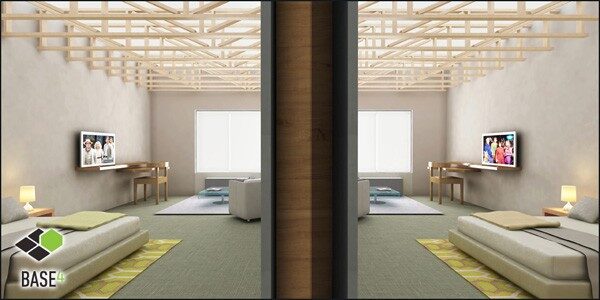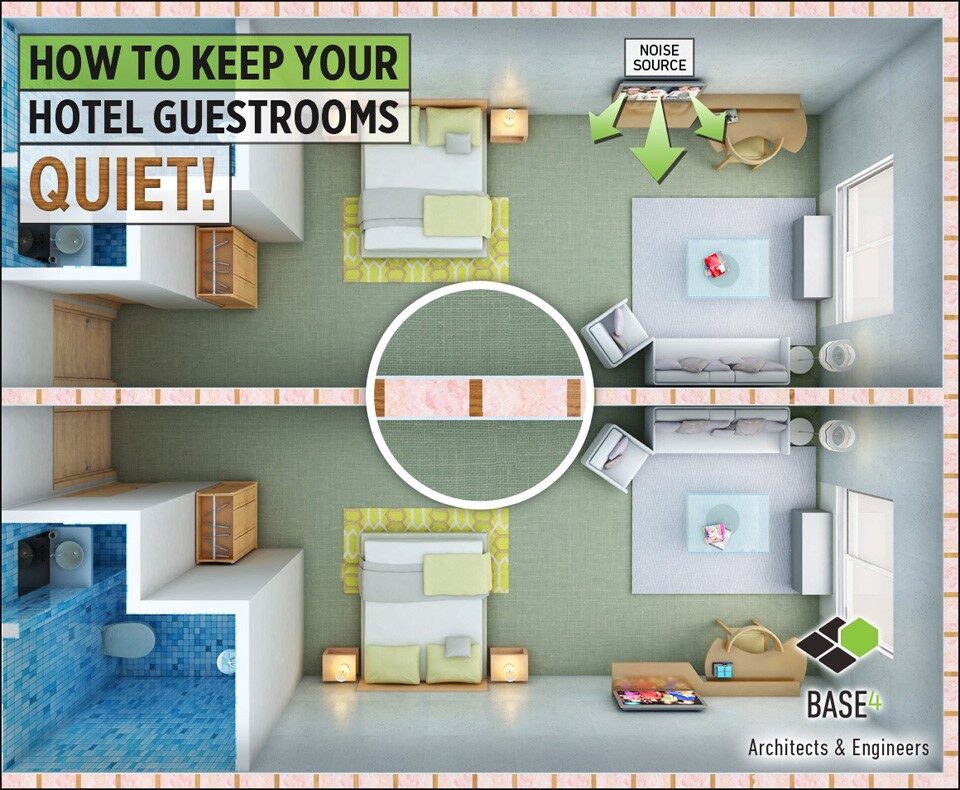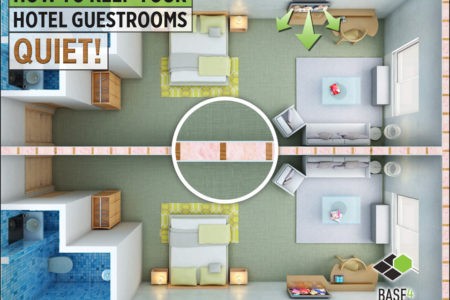How to keep your hotel guestrooms quiet!
Part 1 – What is an STC Rating
Your hotel guests appreciate quiet accommodations. Unfortunately for hotel owners, dealing with the myriad of potential disturbances from noisy PTACS, snoring guest neighbors, and late-night corridor parties can hinder guest experience. In this new series on controlling noise pollution in hotels, we explore how to control guestroom noise, satisfy franchise-specific soundproofing requirements, and limit the sound transfer in your hotel. In Part 1 below, we briefly introduce Sound Transmission Class (STC) ratings.

An STC is the most common measurement used for sound reduction. An STC is a rating of how well a wall, floor, door or window assembly diminishes airborne sound and prevents it from passing from one side to the other. In short, an STC roughly measures how much a barrier reduces sound. Higher values show that more sound is effectively isolated. An STC rating of 25 is roughly equivalent to normal speech not being heard through the assembly, whereas an STC rating of 50 is equivalent to loud speech not being heard. The STC scale is nonlinear and an increase of 10 on an STC rating scale translates to an approximate reduction of apparent loudness to half measure. This concept remains vital when multiple guests of different lifestyles occupy a tight footprint.
For most applications, the International Building Code (IBC) requires a minimum STC of 50 for floors and walls in commercial buildings. However, most hotel franchises require ratings above and beyond this to ensure guest comfort. For your immediate reference, the STC rating for a basic 2×4 walls with a single layer of ½” drywall on each side is typically around 33.
Stay tuned for the next parts in this series when we explore franchise-specific STC ratings, sound leaks between guestrooms, and economical soundproofing techniques.
 Blair Hildahl
Blair Hildahl

